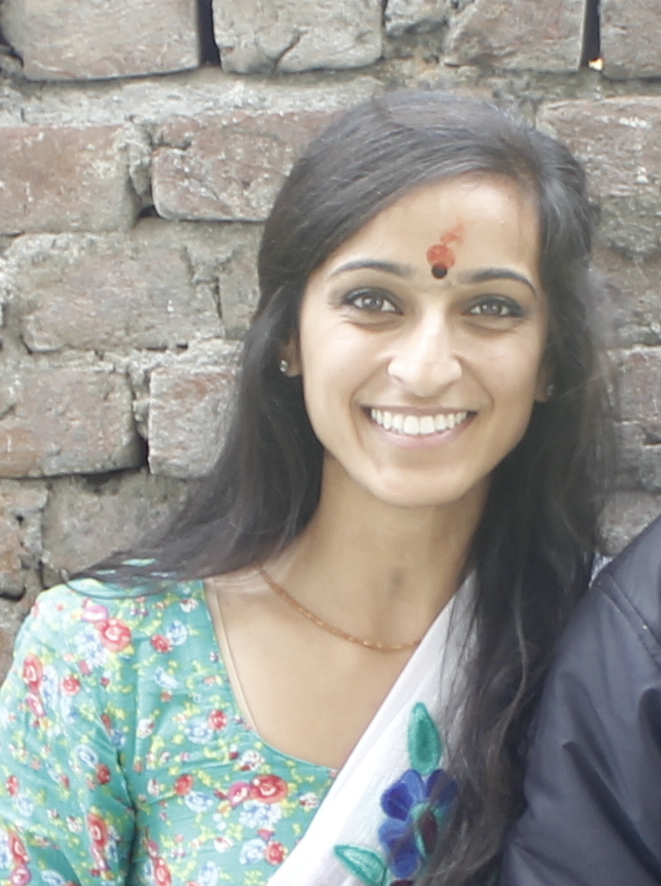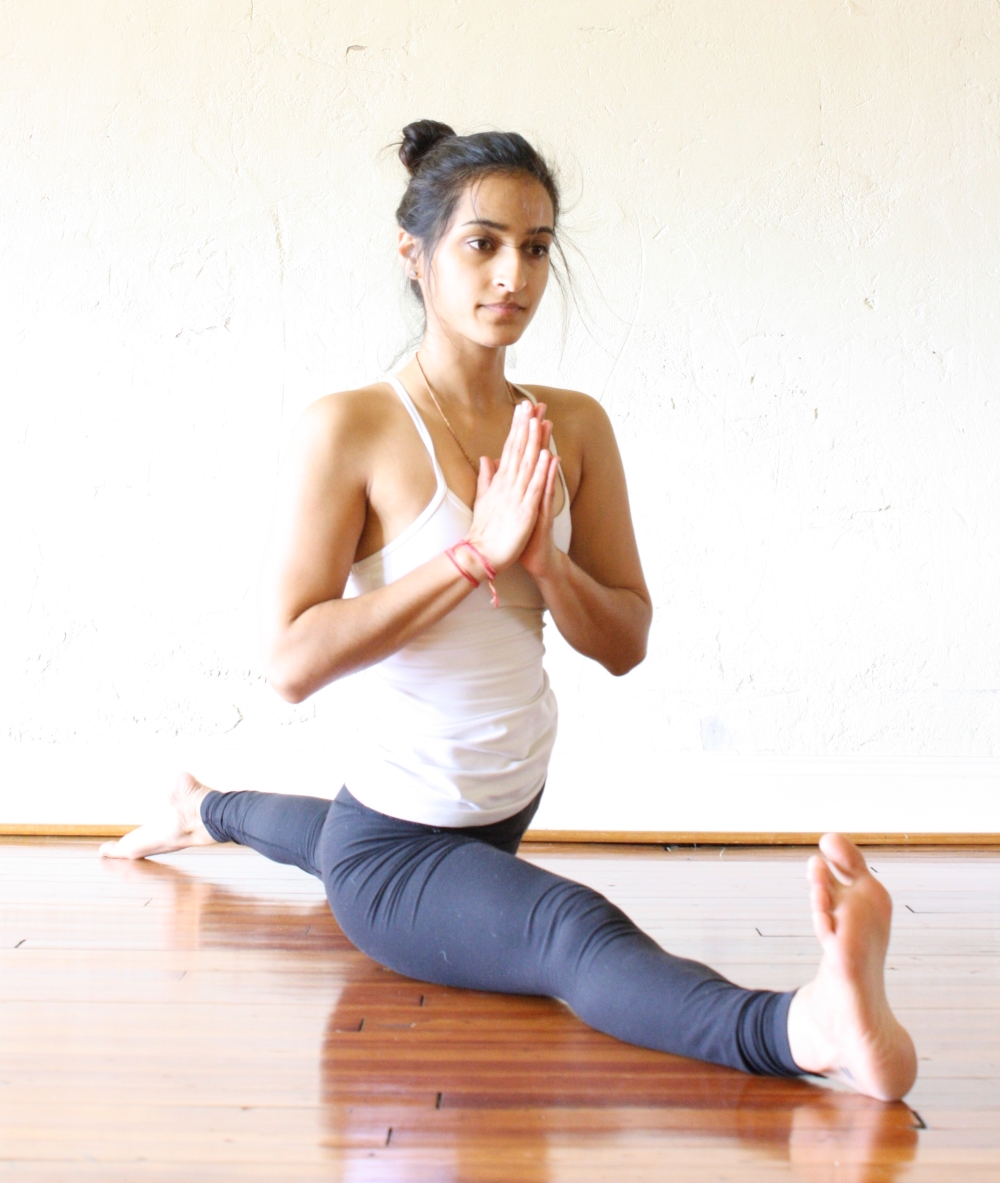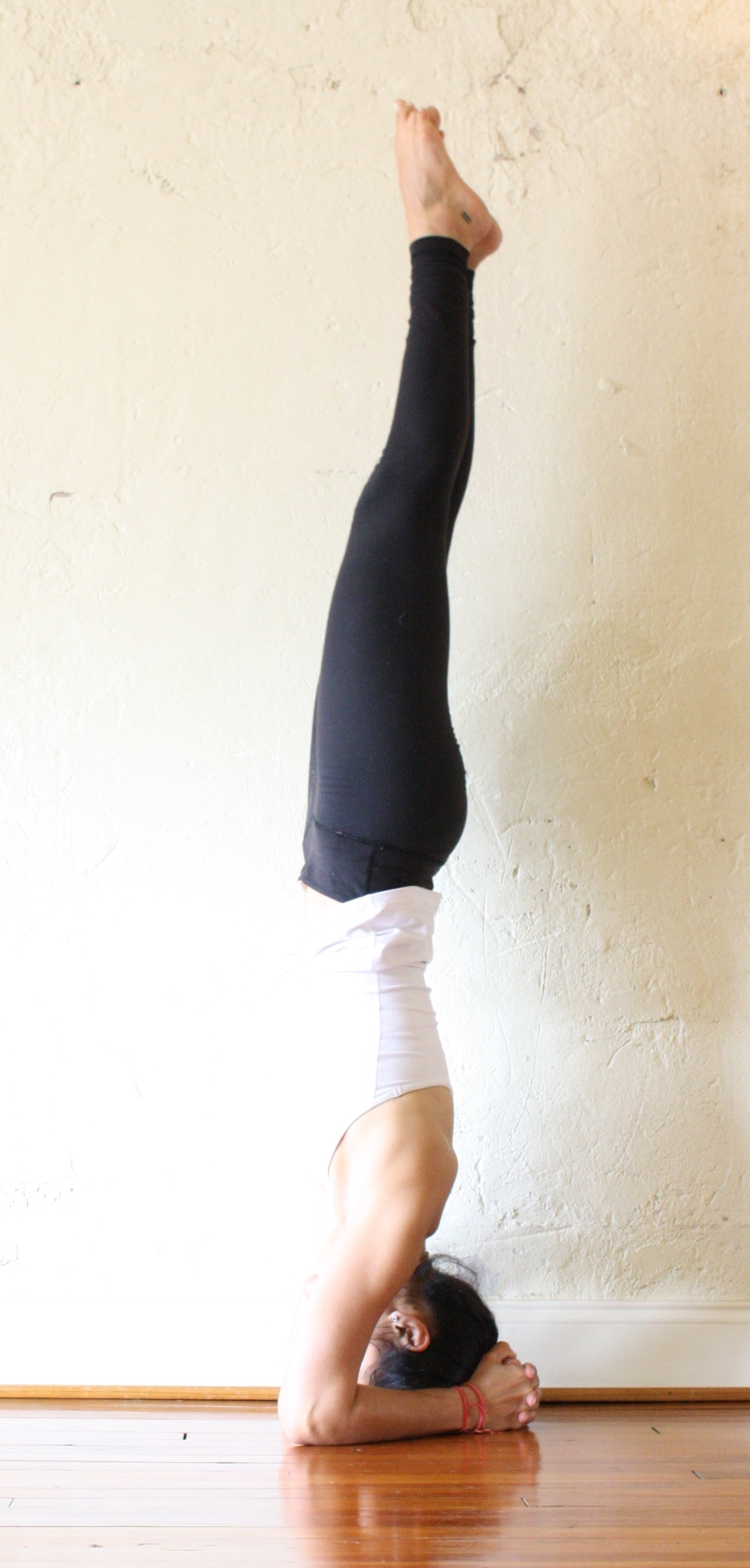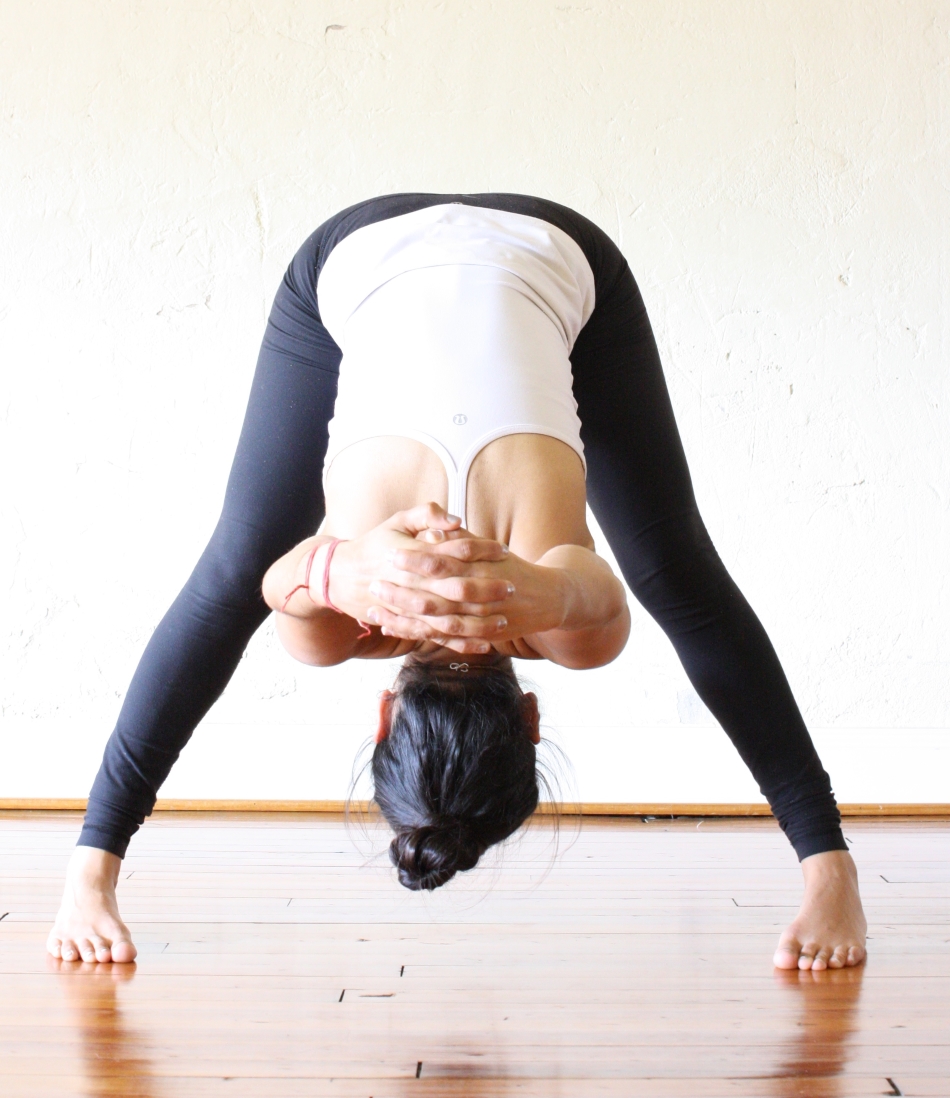Jessica Vyas

Jessica Vyas
Yoga Training

Hanuman pose
Jessica is a student of Paramaguru R. Sharath Jois, Ashtanga Yoga lineage holder, at the Shri K. Pattabhi Jois Ashtanga Yoga Institute in Mysore, Karnataka, India. She first went to Mysore in 2016 to study with him for three months. Since then she has attended several of his workshops around the world. Jessica’s teacher and mentor is Priya Jhawar (authorized level 2), director of Ashtanga Yoga Austin. Prior to this apprenticeship, Jessica has studied under several Authorized and Certified teachers of the lineage- Laruga Glasser (Sweden), Gururaj (Bangalore), Sara Stangertz (Bali), Digna Popat (Mumbai). Jessica has been consistent with her daily practice for the past 7 years.
Jessica earned a Masters if Medical Science from Wake Forest University School of Medicine, Department of PA studies in 2014. She has been working full time in internal medicine ever since. It is her passion to articulate and emphasize the importance of well-being begins with the self.
What is Ashtanga Vinyasa Yoga

Shirshasana
Ashtanga (eight limb) yoga is a complete systematic yoga method based on bhakti (devotion). It was created by the late Sri K. Pattabhi Jois in Mysore, India. Ashtanga involves a set sequence of postures sewn together using the breath to guide movement known as vinyasa. Physiologically, the purpose of vinyasa is to promote a healthy circulatory system, allowing the blood flow of the body to dance with gravity according to the asana. Vinyasa promotes purification of the body as a whole from the outer most layers to the inner most layers-- from the musculature to the sense organs and the nervous system to the mind. The primary series involves seated postures that focus on opening the hips and strengthening the back to allow for a more comfortable seated Padmasana in order to begin Dharana (concentration) or Dhyana (meditation).
The practitioner should develop the three places to focus attention (tristhana) during the practice: the posture (asana), the breathing system (ujjayii), and the looking place (dristhi). The three practiced in conjunction with each other purify the body, the nervous system and the mind. The asanas purify the body by making it flexible and strong. The ujayii breath involves even inhalations and exhalations to purify and control the nervous system. The dristhi is the point at which the gaze is focused to stabilize the functioning of the mind.
Bhandhas (locks) play an important role in breathing. The mula bhanda (root lock) and the uddiyana bhanda (diaphragm lock) strengthen the asana by sealing energy within the area of the spinal cord from bottom to top. Without focusing on the lock system, the breath will be fluctuant. When mula bhanda is achieved, the mind can be controlled automatically.
Read more: http://kpjayi.org

Prasarita Padottanasana
Teaching philosophy
Ashtanga subtly introduced itself to Jessica as a teenager. Not knowing where life would take her, Jessica challenged herself through college in as many directions as she could. She completed undergraduate studies in Drawing, Metal Sculpture, and Public Health and went on to graduate school for Medicine. Ultimately, her academic pursuits paved the way to prepare her for the study of the Ashtanga (eight limb) path. Jessica became an Ashtanga yoga teacher because of the physical discipline, repetition, and ritual involved in the practice serving as the gateway towards the self within. As a teacher and student, Jessica is interested in combining the body, the intellect, the eyes and the power of the touch. Jessica is physically interested in training her body to become flexible and strong, her eye to see proper anatomic alignment in space, and her hands to properly and safely adjust her students.
What to expect in the class
Students are led through a fast-paced class following the primary series sequence. The approach is disciplined with powerful and dynamic hands-on adjustments, as well as brief anatomy lessons in order to improve alignment. It is not mandatory for students to memorize the sequence, though it may be helpful. Prior experience is not necessary – all students are welcome.





